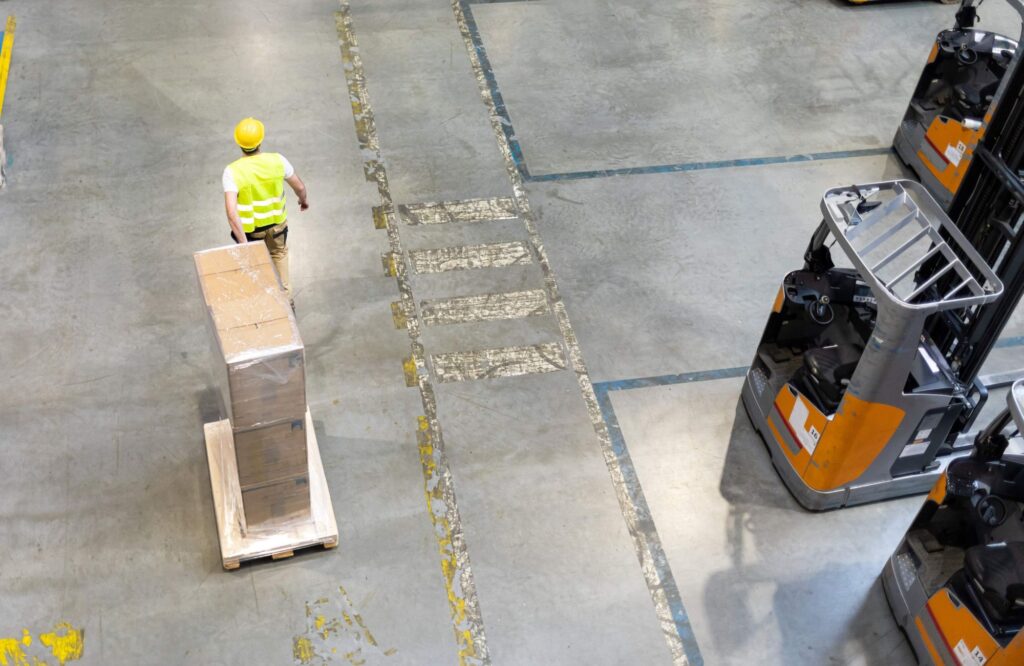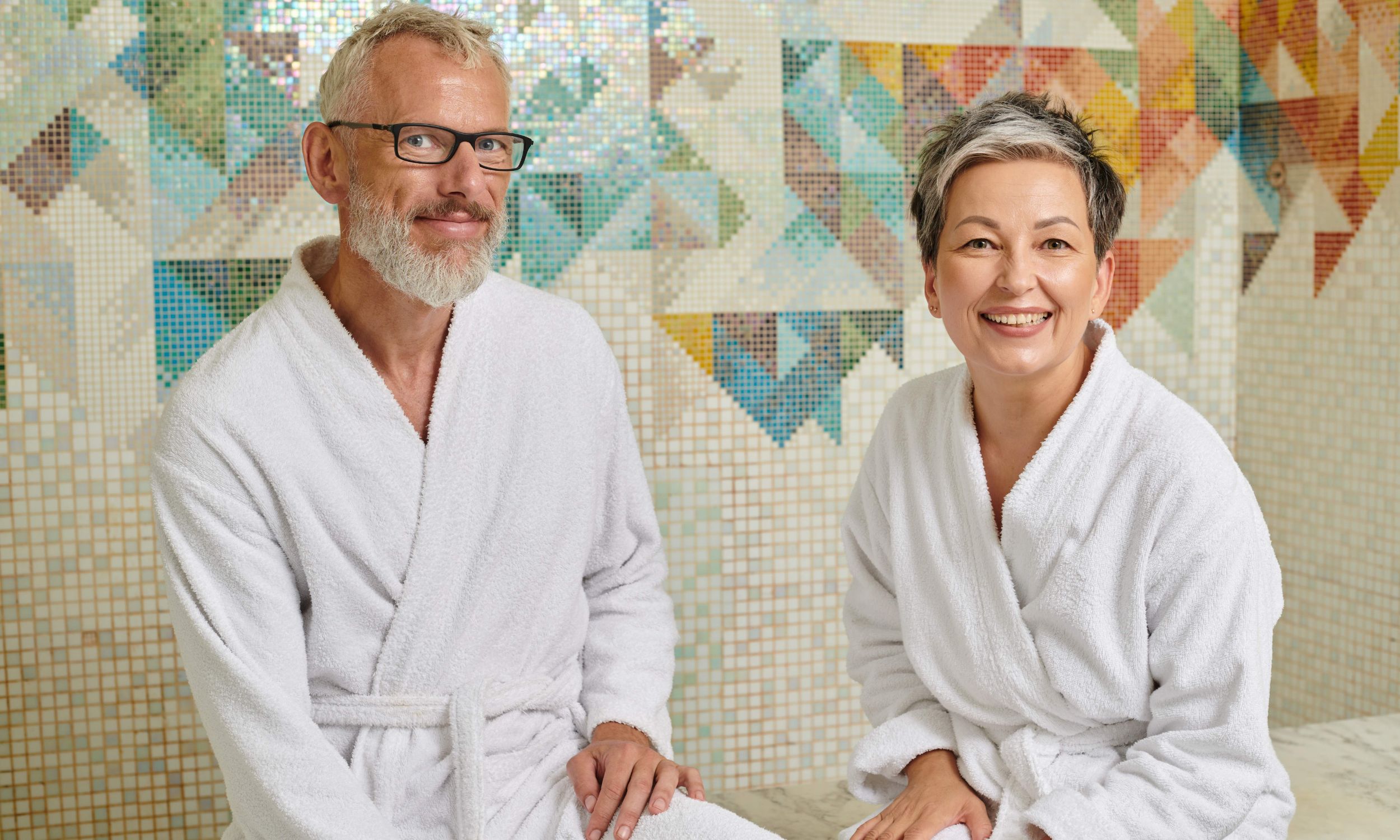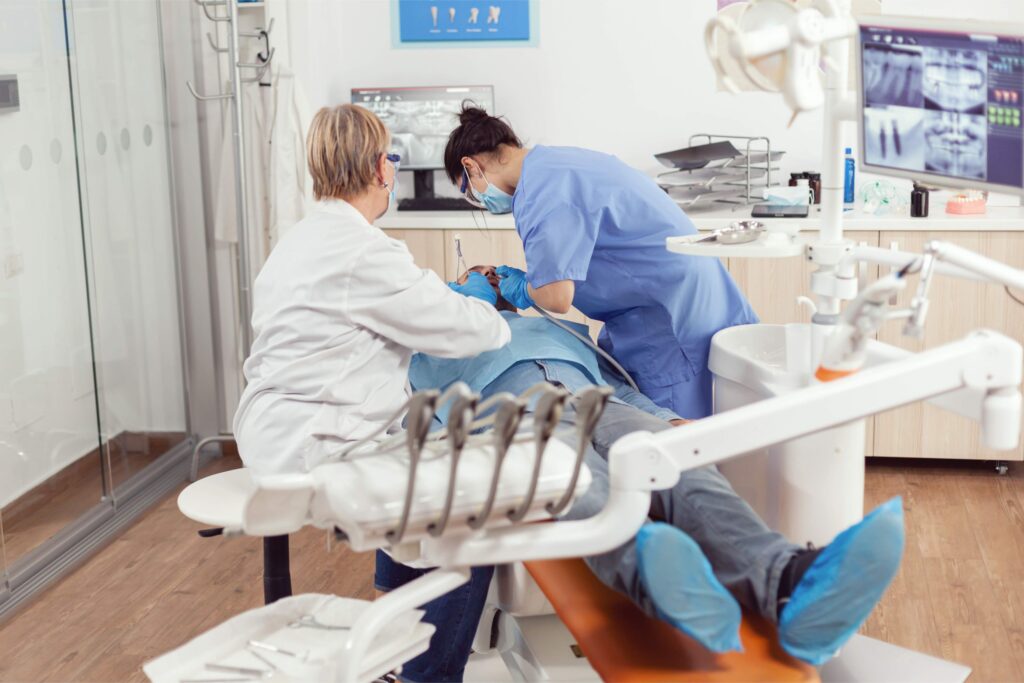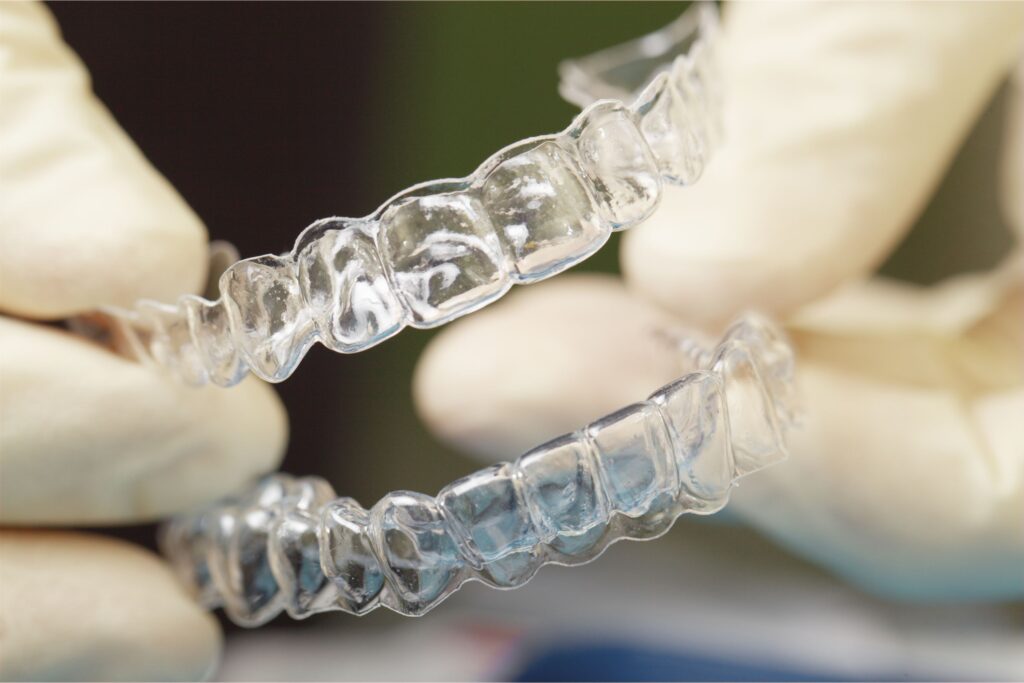Most folks will turn their attention to the purchase of a sauna when temperatures start to drop, and the thought of a cozy and warm cabin structure feels inviting. While it is true that there is nothing quite like stepping into a warm sauna on a cold winter night, this may not be the best time of year to purchase your sauna. Whether you are purchasing a sauna for your business, clinic, or home, there is definitely a sauna shopping season that will benefit the consumer.
Many businesses will offer holiday sale prices, such as Black Friday specials, but it may surprise you to find out that the optimal time of year to purchase your sauna is actually in late spring and early summer. Unless you plan to build a custom sauna from raw materials, then you will be purchasing a prefabricated sauna that will be delivered to you and can be easily assembled in your space. Just like the renewal that nature goes through in the spring, most saunas come fresh off the press in late spring and early summer due to the process used to dry the wood for the sauna.
Even if you are not feeling like taking a sauna as the temperatures rise and the days become longer, it is well worth preparing yourself early when it comes to sauna shopping if you want to get the best sauna for your needs.
Whether you have your heart set on an outdoor barrel sauna, a traditional Finnish sauna, or an infrared sauna, you will have the greatest selection of saunas to fit your size requirements, aesthetic tastes, as well as your health goals during the spring and early summer.
Spring into Summer With a Wide Selection of Saunas
- Indoor/Outdoor
- Traditional/Infrared Red
- Floor Space Lay Out
- Wood Type
- Special Accessories (Himalayan Salt, Chromotherapy, Touch Pad, and more)
There is a lot to consider when you are purchasing a sauna: From the space that you have available, your specific health needs, the type of heat source, as well as individual preferences in wood type and cabin shape. Once you have decided the type of sauna that you would like to purchase, either a traditional or infrared sauna (this is often based on health needs or restrictions), then you will need to decide where you will be placing your sauna.
This means measuring the dimensions of the space that you have available, and finding a sauna that will fit into this space. If you choose to place your sauna outside, then you will most likely need an outdoor specific sauna. There are a few exceptions to this rule if you have a covered and very well protected area such as an enclosed veranda, gazebo, or other area where the sauna can live and still be protected from rain and snow.

If you decide on an outdoor sauna then you will have the option to purchase a barrel sauna which is best suited for climates with significant snowfall, or an outdoor sauna that is well insulated with a peaked roof.
If you or someone you love is wheelchair bound, then you will want to make sure that you get an FDA approved sauna that has an entryway large enough to accommodate the wheel chair, as well as space inside the sauna for the chair.
If you plan to exercise while you sauna, for example: practice yoga or ride your stationary bike or simply do your abdominal routine inside the sauna, then you will want to have a sauna with removable benches to accommodate more activity.
Finally, if you decide that you would like to have a sauna that includes both near and far infrared light panels rather than just far infrared light then you will need to make sure that this option is available to you when you go to make your purchase.
For many individuals living with auto-immune disorders or other mitochondrial related diseases, then you will likely want to make sure that you include near infrared panels in your sauna.
So, why is it relevant to mention all of the myriad of choices available when purchasing a sauna? It is important because you want to make sure that the type and size of sauna that you need is available when it comes time to purchase your sauna.
Sauna companies will have the least stock available during the coldest months of the year as many consumers make the choice to purchase saunas at this time. This means that selections will be scarce, especially toward the end of winter.
If you want to make sure that you make the right sauna investment for you, then consider purchasing your sauna in the late spring or early summer when the most amount of saunas are available to choose from.
Buying a sauna is not a small purchase, but rather, it is an investment into your health and overall being. Even very small saunas will set you back by $2,000+, so when making a sauna purchase it is best to approach it as if you were buying a vehicle or other large investment. If you are going to put down several thousand dollars on a sauna, be sure you are purchasing the one you really want and need.
How to Store your Sauna Before Assembly?
If you decide to purchase your sauna when stock is at its highest, and you are therefore able to get the sauna that you truly want, but are not ready to assemble it because of construction or other variables, then rest assured it is easy to store your sauna.

Your sauna will arrive to you, typically on an oversized pallet in 3-5 separate boxes. The boxes will be long, but narrow. This means that if you have a garage that is dry, or a basement, or outdoor shed, it is pretty easy to slide your sauna boxes into a narrow, but long storage space until you are ready to assemble your sauna. By purchasing your sauna earlier than you may need it, you will be sure to get the sauna you want even if you are not ready to assemble it right away.
Unfortunately, if you miss out on purchasing the sauna that you want and need, it can take anywhere from 2-6 months for it to be restocked and available for purchase again. It is almost always better to buy your sauna early even if you do not plan to use it right away.
The Early Bird Gets The Worm: Buy Early, Assemble Later
In the world of saunas, the time of year when you are least inclined to get into a sauna is probably the best time of year to purchase your sauna. If possible, once you know the details of what you are looking for in a sauna, then you will want to make sure that you purchase your sauna at a time of year when saunas are generally fully stocked.
Under most circumstances, late spring and early summer is the best time of year to purchase your sauna to ensure you get the best sauna for you. You want to get into a position where you are not desperate to get any sauna and therefore, end up with one that you do not particularly want.
Be sure to take your time in deciding what type of sauna will best serve your health needs as well as your space requirements. Once this has been decided and you find the sauna that you like, if it is available and in stock then it is best to purchase it, and store it in your home or on your property even if you are not ready to assemble the sauna yet.
The sauna market is at an all time high, and saunas sell quickly! Like so many things in life: The Early Bird Usually Gets the Worm!
*** If you are trying to decide what type of sauna would benefit you the most, then it may be worth reading the articles below, or simply give us a call for a free consultation:
Full Spectrum Versus Far Infrared
https://saunas.org/far-infrared-light-near-infrared-light-full-spectrum-saunas/
Traditional Saunas Versus Infrared Saunas
https://saunas.org/radiant-heat-temperature-saua/
Why Salt Walls May Benefit Health
https://saunas.org/benefits-of-having-salt-in-a-sauna/
General Research & Studies on the Health Benefits of Saunas















